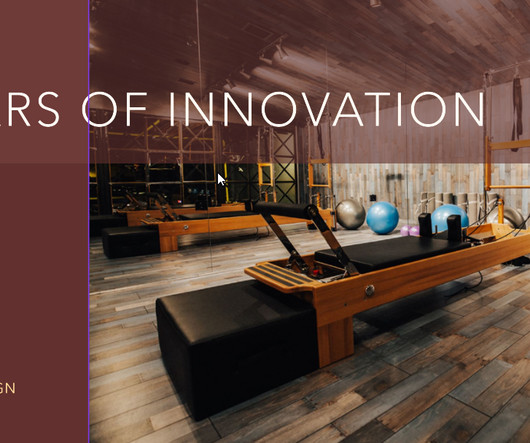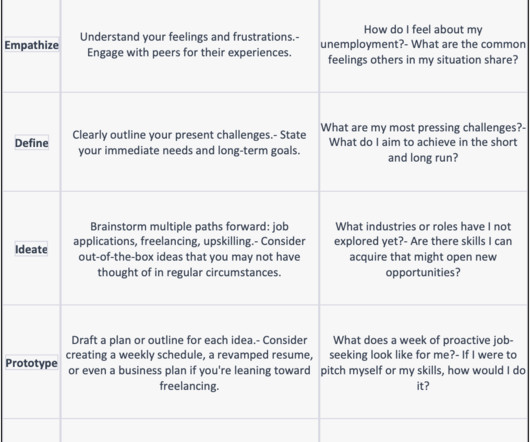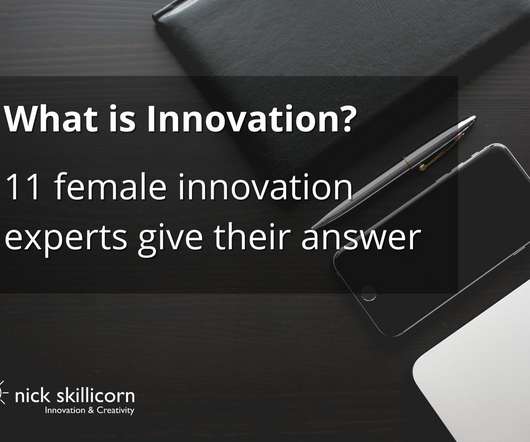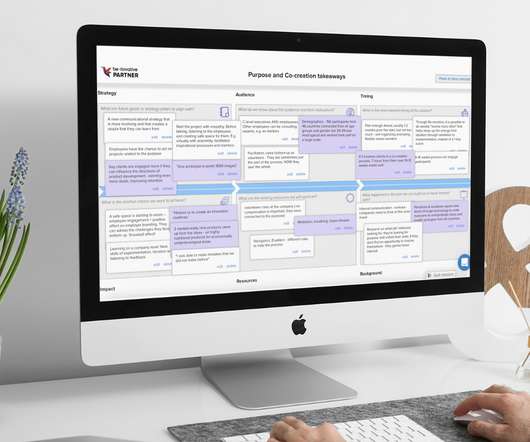25 years of Innovation- how has it evolved? Has it been successful?
Paul Hobcraft
MAY 7, 2024
So, it covers a twenty-five-year period but recognizes that the last five years have seen a very different set of innovation accelerants. The second post , coming next, focuses on how organizations have become more collaborative, open and agile and deal with ideation and what tools and technologies seem to have emerged as the leading ones.























Let's personalize your content